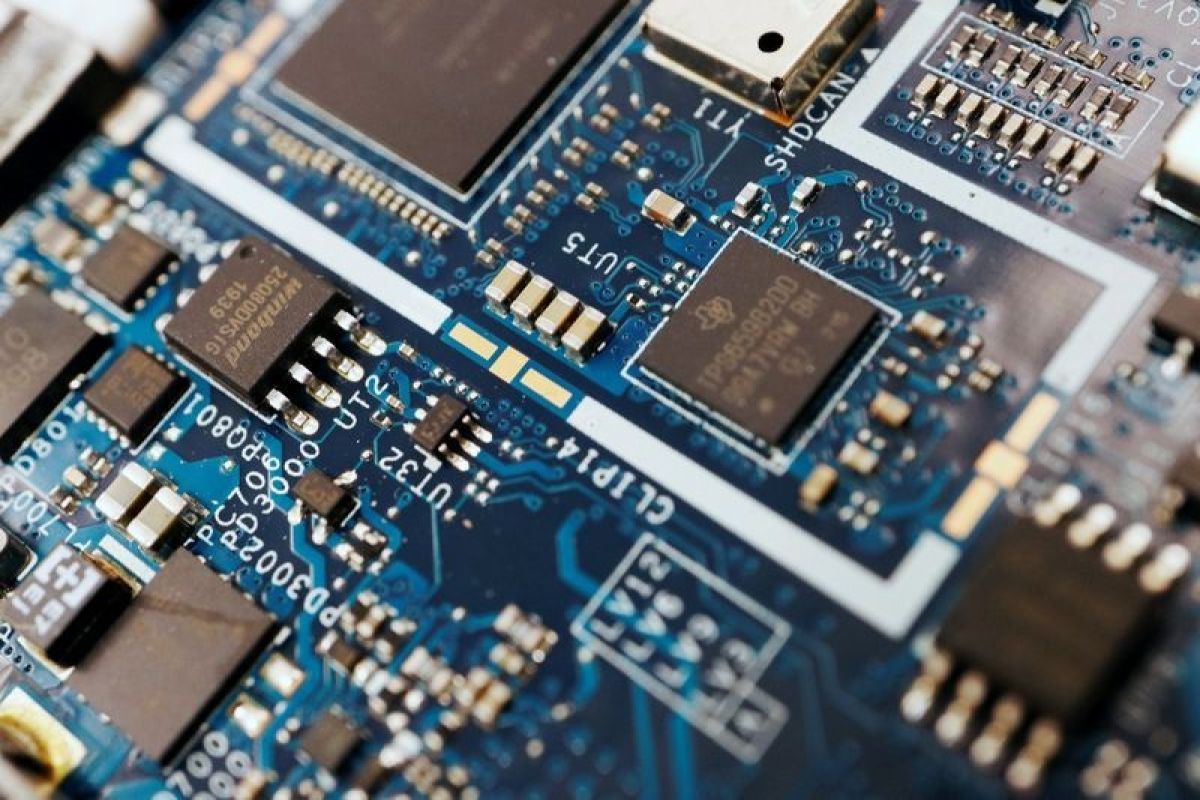In an era dominated by technology, semiconductors are often described as the "oil of the 21st century." These tiny components power everything from smartphones to electric vehicles. Recognizing their strategic importance, Indonesia has begun to aggressively accelerate its semiconductor industry development. However, progress is not without obstacles. Despite government support, industries that would benefit most from local semiconductor production are hesitant to fully commit, citing various challenges.
The story of Indonesia semiconductor industry development is a complex one, involving government ambition, private sector skepticism, and fierce global competition. In this article, we explore Indonesia's efforts to build a robust semiconductor ecosystem, the hurdles it faces, and the strategies that could determine its success.
Government Push for Semiconductor Independence
Indonesia’s government has clearly prioritized semiconductor manufacturing as a national strategic industry. Through agencies like the Ministry of Industry and the Ministry of Investment, several initiatives have been launched to attract foreign direct investment (FDI), develop local manufacturing capabilities, and build talent pipelines.
In early 2024, Indonesia unveiled an aggressive plan that includes:
- Providing fiscal incentives for companies investing in semiconductor production.
- Offering land and infrastructure support in industrial zones.
- Partnering with international technology leaders to transfer knowledge and technology.
The government understands that developing a domestic semiconductor industry is crucial for reducing dependency on imports, especially in sectors like automotive, electronics, and telecommunications. Moreover, Indonesia semiconductor industry development is seen as vital for national security and economic resilience in an increasingly digital global economy.
Industry Reluctance: A Critical Challenge
Despite the strong government push, many Indonesian companies that use semiconductors remain reluctant to fully embrace the initiative. Several factors contribute to this hesitancy:
High Initial Costs
Building a semiconductor plant, or "fab," is extremely capital-intensive. The cost can reach billions of dollars, requiring significant upfront investment. Many Indonesian firms, especially small to medium-sized manufacturers, are wary of committing to such high-risk ventures without guaranteed returns.
Technological Complexity
Semiconductor production is among the most technologically challenging manufacturing processes in the world. Indonesia currently lacks the deep expertise and established supply chains that countries like Taiwan, South Korea, and the United States enjoy. Developing these capabilities will take time, substantial investment, and foreign partnerships.
Uncertain Demand
Some end-user industries are unsure whether domestic semiconductor production will be cost-competitive compared to imports. Concerns over production quality, reliability, and pricing have led many to adopt a "wait and see" approach rather than jumping in immediately.
This mixed response from industries could slow the momentum of Indonesia semiconductor industry development if not properly addressed through strategic policymaking and incentives.
Strategic Opportunities for Growth
Despite these challenges, there are several reasons to remain optimistic about the future of Indonesia semiconductor industry development.
Geographic Advantage
Indonesia’s geographic location offers strategic access to major markets in Asia-Pacific, including China, Japan, and India. This proximity could make Indonesia an attractive location for global semiconductor companies looking to diversify their supply chains amid ongoing geopolitical tensions.
Emerging Local Demand
Indonesia’s own domestic demand for electronics, electric vehicles, and smart infrastructure is growing rapidly. A strong internal market could support initial semiconductor manufacturing activities, reducing dependence on volatile export markets during the industry's early stages.
Potential International Partnerships
Indonesia has initiated discussions with several global semiconductor players, including companies from Taiwan, South Korea, and the United States. By forming joint ventures and technology partnerships, Indonesia can fast-track capability building, much like Malaysia and Vietnam have done over the past decade.
Moreover, if Indonesia can create a welcoming regulatory environment and offer compelling incentives, it could position itself as a "new frontier" for global semiconductor investment.
Government’s Roadmap and Policy Support
The Indonesian government is developing a multi-phase roadmap for semiconductor industry development. Key pillars include:
- Talent Development: Partnering with universities and vocational schools to create a pipeline of skilled engineers and technicians specialized in semiconductor technology.
- Research and Development: Investing in R&D centers focused on semiconductor materials, design, and fabrication processes.
- Infrastructure Readiness: Building specialized industrial parks with clean rooms, stable power supplies, and water resources needed for semiconductor manufacturing.
A strong, coordinated effort across these areas will be critical to ensuring the long-term success of Indonesia semiconductor industry development.
Lessons from Global Leaders
Indonesia can also learn valuable lessons from countries that have successfully built their semiconductor industries from scratch:
- Malaysia developed a strong backend semiconductor assembly and testing sector before moving into higher-value manufacturing.
- Vietnam attracted major investments from companies like Intel by offering a stable investment climate and improving infrastructure.
- India is currently investing heavily in both policy incentives and talent development to grow its semiconductor footprint.
By studying these examples, Indonesia can better chart its course, avoiding common pitfalls and building a competitive advantage tailored to its unique strengths.
Conclusion: The Path Forward
Indonesia semiconductor industry development is at a crucial crossroads. While government enthusiasm and strategic vision are clear, success will ultimately depend on collaboration between policymakers, private sector players, and international partners.
To move forward, Indonesia must:
- Ensure that incentives are attractive enough to overcome initial industry reluctance.
- Build world-class infrastructure and human capital to support semiconductor manufacturing.
- Foster an ecosystem of startups and SMEs that can supply parts, materials, and services to semiconductor manufacturers.
- Maintain political and regulatory stability to build investor confidence.
The road to becoming a semiconductor powerhouse is long and challenging. But if Indonesia can successfully navigate the complex landscape ahead, the country could establish itself as a major player in the global semiconductor supply chain — securing economic growth, technological independence, and national resilience for decades to come.
In a world increasingly defined by chips and circuits, Indonesia semiconductor industry development could be the key to unlocking the nation's next economic miracle.
Read More






 Thursday, 20-11-25
Thursday, 20-11-25







